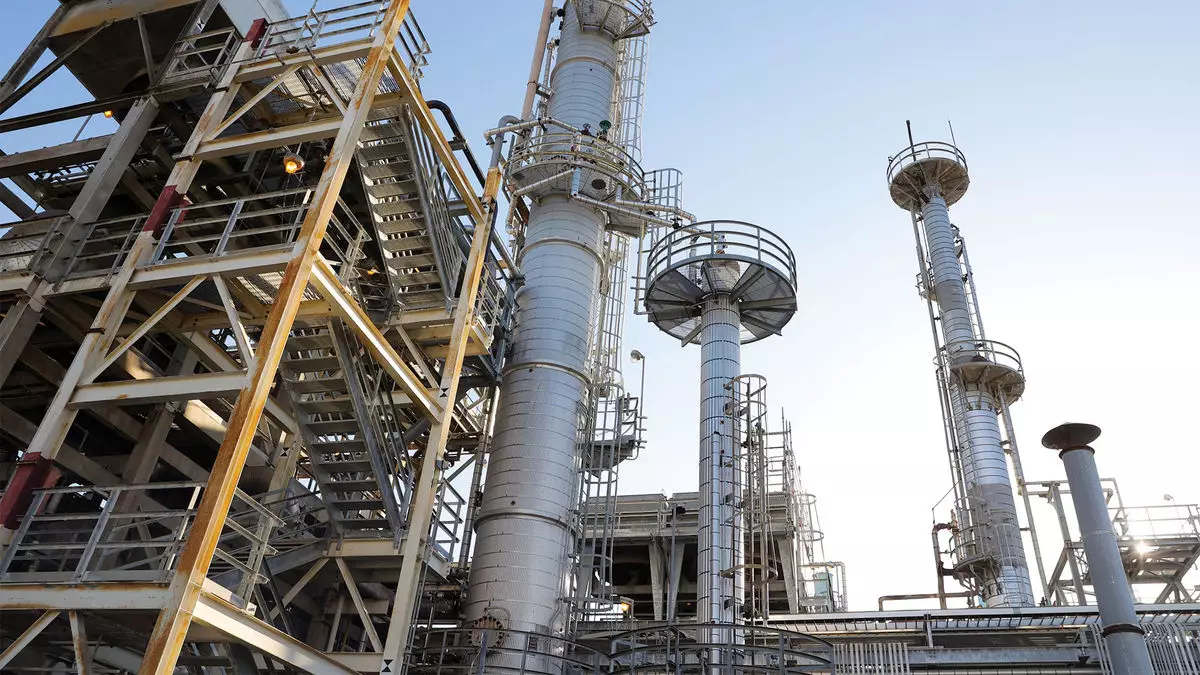The production of domestic Sustainable Aviation Fuel (SAF) in the United States has experienced a significant upswing in recent years, largely attributed to supportive measures from the Biden administration. Nevertheless, the political landscape surrounding this initiative has become increasingly complicated due to early actions taken by the previous Trump administration, which have left the future of SAF laden with uncertainty. While the target of producing 3 billion gallons of SAF annually by 2030 remains a lofty goal, recent expert opinions indicate that achieving that standard is becoming increasingly improbable.
The Role of Airlines and Emissions Commitments
Notably, the aviation sector has been vocal about its ambitions regarding SAF. The International Air Transport Association (IATA) estimates that SAF could account for a staggering 65% of the necessary emissions reductions for the industry to meet its pledge of net-zero emissions by the year 2050—a goal that has also gained acceptance from the United Nations’ aviation bodies. In a striking demonstration of the current state of affairs, U.S. facilities produced a mere 38.7 million gallons of SAF last year—a daunting figure when compared to the aviation sector’s expansive fuel requirements.
Compounding these challenges, major fuel entities like Phillips 66 and Valero are poised to launch new SAF production ventures, which could enhance national production capability. Despite these potential advancements, the U.S. production of SAF remains a fraction of what is required to meet both current and future demands.
Critical to the recent spikes in SAF production has been the Inflation Reduction Act, which provided substantial tax credits ranging from $1.25 to $1.75 per gallon for those purchasing SAF. This financial incentive was pivotal in driving demand, especially considering that SAF typically incurs a premium of about $2 per gallon over conventional jet fuel. However, the looming expiration of this tax credit program at the end of 2024 marks a significant turning point. It is set to be replaced by an alternative program offering producers sliding tax credits, but the vagueness surrounding its implementation introduces fresh uncertainties.
With regulatory complications arising under the Trump administration, the issuance of these essential tax credits has been stalled. The new administration’s freeze on regulatory development, an action not uncommon during presidential transitions, further complicates the operational landscape. The unpredictable political climate raises questions about how emissions policies will unfold, with the potential for constraining production levels looming.
Fayaz Hussain, an editor for SAF Investor, expressed the unpredictability of the current governance and how it affects the industry. Investments in SAF initiatives are intertwined with clarity and continuity in policy. Investors require specific guidance to optimize production investments, and the uncertainty about future federal support could significantly hinder progress.
Particularly alarming is the recent delay initiated by the Department of Energy regarding a substantial loan to Montana Renewables, essential for expanding its SAF production capacity. Buffeted by strategic evaluations from the new administration, such operational delays could stymie broader efforts to escalate SAF production at a crucial time.
Despite the disarray at the federal level, certain states are proactively considering packages of incentives to promote SAF. States like Washington, Illinois, and Minnesota have begun developing their tailored support systems, which present a “silver lining” for SAF producers in the short term. According to industry stakeholders, regional safeguards might offer the necessary foundation to bridge the gaps created by federal inertia.
Even within the context of shifting political priorities, some view SAF as an avenue to align with broader objectives such as national energy independence. Stakeholder groups assert that the rural economy and agricultural sectors can benefit from investments in SAF development. By creating new markets and jobs, SAF could showcase its vital role in the broader narrative of sustainable energy.
Ultimately, the evolving dynamics of SAF production present both challenges and opportunities amidst political turbulence. Leaders within the industry maintain that engaging with policymakers to delineate clear operational guidelines is essential. The call for continuity and collaboration resonates, emphasizing that both progress and setbacks will be shaped by the degree of cooperative dialogue between stakeholders and government entities.
As the future of sustainable aviation fuel hangs in the balance, the interplay between current production ambitions, federal policy shifts, and state-level initiatives will determine whether the United States can realize its long-term aviation fuel goals or if the ambitions will be grounded in political uncertainty.

